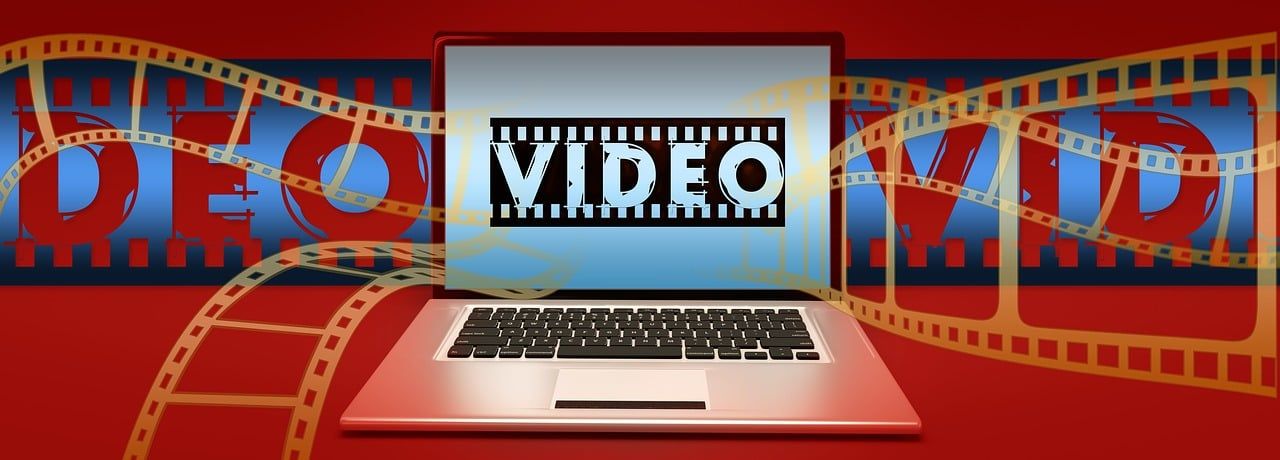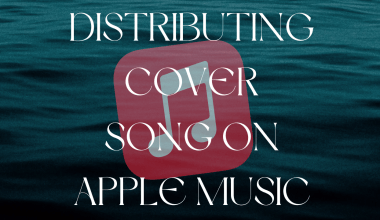For many musicians, understanding the various types of royalties is essential to making the most of their work. Among these, sync royalties play a significant role, especially in today’s multimedia-driven world. But what exactly is sync royalty? How does it work? And why should you, as a musician, care about it?
What is Sync Royalty?
Sync royalty (short for synchronization royalty) is a fee paid to musicians and songwriters when their music is synchronized with visual media. This includes films, TV shows, commercials, video games, and more. Essentially, whenever music is paired with visual elements, the creator of that music is entitled to sync royalties.
How Sync Royalty Works
To understand how sync royalties work, let’s break down the process:
- Licensing Agreement: A sync license must be obtained before a song can be used in visual media. This agreement is between the music rights holder (which could be the artist, songwriter, or record label) and the producer of the visual content.
- Negotiation: The fee for the sync license is negotiated. This can vary greatly depending on the popularity of the song, the reach of the media, and the duration of the usage.
- Payment: Once agreed upon, the fee is paid to the music rights holder. This is the sync royalty.
Why Sync Royalty is Important for Musicians
Sync royalties are crucial for several reasons:
- Revenue: They provide an additional income stream beyond traditional sales and streaming.
- Exposure: Sync placements can significantly increase a song’s exposure. A well-placed song in a popular TV show or movie can reach millions of new listeners.
- Career Growth: High-profile sync placements can elevate an artist’s career, leading to more opportunities in the industry.
Types of Sync Licenses
There are several types of sync licenses musicians should be aware of:
- Standard Sync License: For using a song in TV, film, or online videos.
- Commercial Sync License: Specifically for advertisements.
- Trailer License: For movie trailers, which might differ from the main film license.
- Video Game License: For inclusion in video games.
How to Get Your Music Synced
Getting your music synced requires a mix of strategy and networking:
- Create High-Quality Music: Ensure your music is professionally produced and mastered.
- Network with Industry Professionals: Build relationships with music supervisors, who are often responsible for selecting music for visual media.
- Use Sync Licensing Agencies: These agencies specialize in placing music in visual media and can help navigate the process.
- Register with Performing Rights Organizations (PROs): This ensures you get paid for any public performances of your synced music.
Key Considerations in Sync Licensing
When negotiating a sync license, consider the following:
- Scope of Use: Understand where and how your music will be used.
- Exclusivity: Determine if the license is exclusive or if you can license the same song to other media.
- Territory: Know the geographical areas where your music will be played.
- Duration: Specify the length of time the sync license covers.
Case Studies of Successful Sync Placements
Here are a few examples of artists who have benefited significantly from sync placements:
- Feist – “1234”: This song gained massive popularity after being featured in an Apple iPod Nano commercial.
- The Black Keys – “Tighten Up”: Used in a Nissan car commercial, boosting the band’s exposure.
- Moby – “Porcelain”: Featured in multiple films and commercials, significantly increasing its reach and Moby’s career trajectory.
Glossary
- Sync Royalty: A fee paid to musicians when their music is used in visual media.
- Synchronization License: The legal agreement that allows music to be used in conjunction with visual media.
- Music Supervisor: A professional responsible for selecting and licensing music for films, TV shows, and other visual media.
- Performing Rights Organization (PRO): An organization that collects royalties on behalf of songwriters and music publishers.
FAQs
Q1: What is the difference between sync royalties and performance royalties?
A1: Sync royalties are paid for the right to synchronize music with visual media, while performance royalties are paid whenever music is played publicly (e.g., on the radio, TV, or live venues).
Q2: How much can I earn from sync royalties?
A2: Earnings from sync royalties can vary widely. They depend on factors such as the popularity of the song, the media using it, and the duration of the usage. Fees can range from a few hundred to several thousand dollars.
Q3: Do I need a sync licensing agency?
A3: While not mandatory, working with a sync licensing agency can increase your chances of getting your music placed in visual media. They have the necessary industry contacts and expertise.
Q4: Can independent artists earn sync royalties?
A4: Absolutely. Many independent artists have found success through sync placements. It’s a viable revenue stream for musicians at all levels.
Q5: What are the typical terms of a sync license?
A5: Typical terms include the duration of the license, geographical territory, exclusivity, and the scope of use (e.g., TV, film, online).
Q6: How do I find music supervisors?
A6: Networking at industry events, joining music organizations, and using professional social media platforms like LinkedIn can help you connect with music supervisors.
Q7: What rights do I need to grant for a sync license?
A7: You need to grant the rights to synchronize your music with visual media, and sometimes the rights for the public performance of the music if it will be broadcasted.
Q8: Can I negotiate the terms of a sync license?
A8: Yes, most terms of a sync license are negotiable, including the fee, duration, and scope of use.
Conclusion
Understanding sync royalties and how to leverage them can provide a significant boost to your music career. By learning how to get your music synced and navigating the licensing process, you can open up new revenue streams and gain valuable exposure. Whether you are an independent artist or already established, sync royalties offer immense potential to amplify your music’s reach and impact.
For further reading, explore these related articles:
- What is YouTube Content ID?
- Deliver My Tune’s Exciting New Services!
- Know the Ways to Get the Music Sync Licensing
- What is Performance Royalty?
For additional resources on music marketing and distribution, visit Deliver My Tune.






